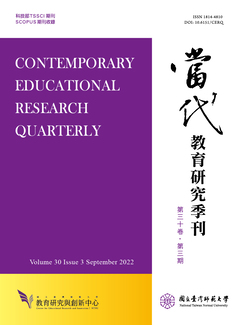

Identifying superior and inferior groups of academic achievements is notonly the major concern of academic researchers but also the foundation ofpolicy-making and supplementary system design, all relying on the support ofempirical evidences. In this study, data of 2,806 students selected from theTaiwan Education Panel Survey (TEPS) in four consecutive time periods areadapted to identify the latent clusters of superiority and inferiority in thestudents’ achievement. The heterogeneity of the achievement trajectories isidentified by the growth mixture modeling. The results show that the nonlinearmodel has the best fit for the observed data. An analysis of the mixturemodeling indicates three heterogeneous classes on the trajectories, of whichthe typical-growth class has a gradually improved achievement curve. On theother hand, the two relatively inferior groups have a lower starting level or adecreased trend at the later waves of achievement measures. Furthermore, theinferior classes are identified by the differential schooling sectors and thelocation conditions with high level of negative culture capital. In contrast, thetypical-growth class is improving relatively smoothly in the different learningstages in both the public and the normal schools. The fan-shaped pattern oftrajectories supports the phenomenon of the Matthew effects. In addition toillustrating the heterogeneous trajectory and its influential factors, this studydiscusses the implications and limitations of several methodological issues.

This work is licensed under a Creative Commons Attribution-NonCommercial 3.0 Taiwan License.
Center for Educational Research and Innovation, National Tawain Normal University
162, Ho-Ping East Rd, Sec. 1, Taipei, Taiwan | Tel:+886-2-7749-3670 | E-mail: cerecerq@gmail.com
CERI | NTNU | E-mail Alerts | Open Journal System
© 2014 CERI-NTNU
